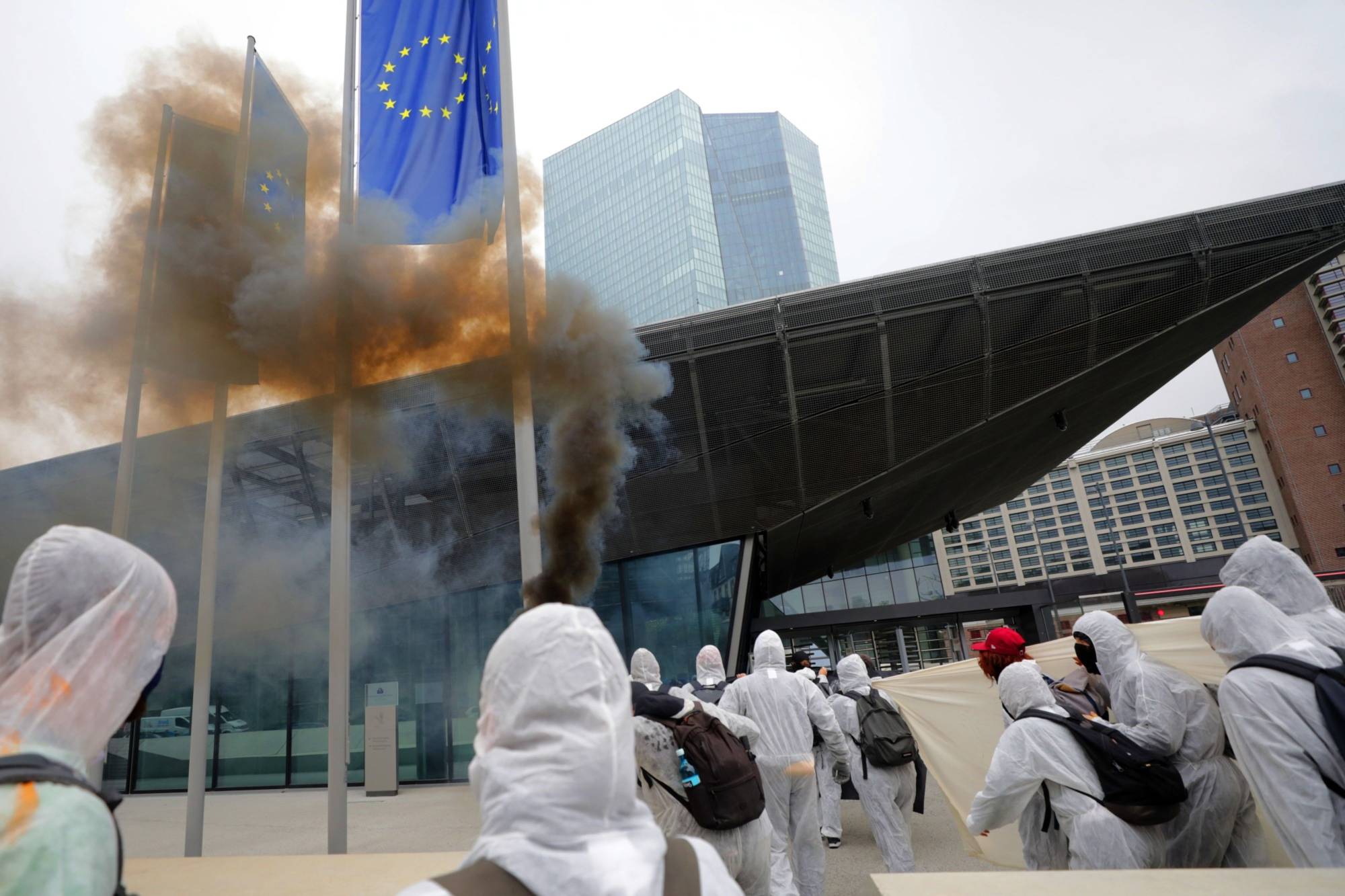Net-zero commitments are all the rage.
Countries, companies and others worldwide have committed to eliminating their net greenhouse-gas emissions by a particular date — for some, as early as 2030. But net-zero targets are not tantamount to limiting global warming to the Paris climate agreement’s goal of 1.5 degrees Celsius — or any particular level of warming, for that matter. It is the path to net-zero emissions that makes all the difference.
This is well understood among experts. A 2021 report by the International Energy Agency, for example, charts a detailed path, divided into five-year intervals, toward achieving net-zero emissions by 2050 — and giving the world “an even chance of limiting the global temperature rise to 1.5 C.” The most striking feature of this analysis, at least to me, is the magnitude of the decline that is required by 2030: roughly 8 billion tons of fossil-fuel-based emissions, taking us from the 34 gigatons of carbon dioxide today to 26 gigatons .



















With your current subscription plan you can comment on stories. However, before writing your first comment, please create a display name in the Profile section of your subscriber account page.